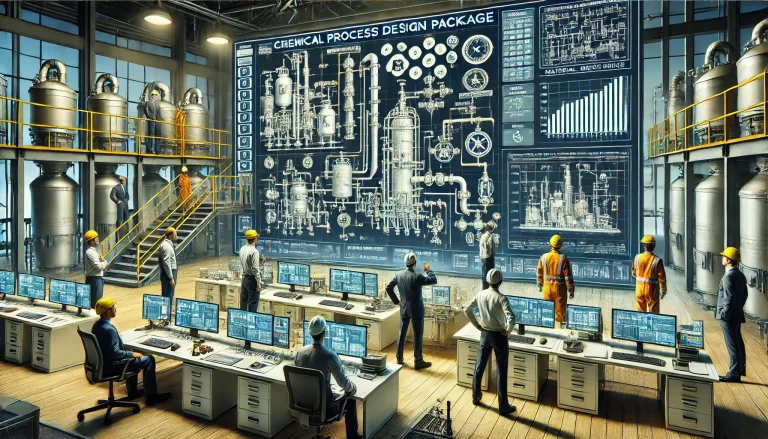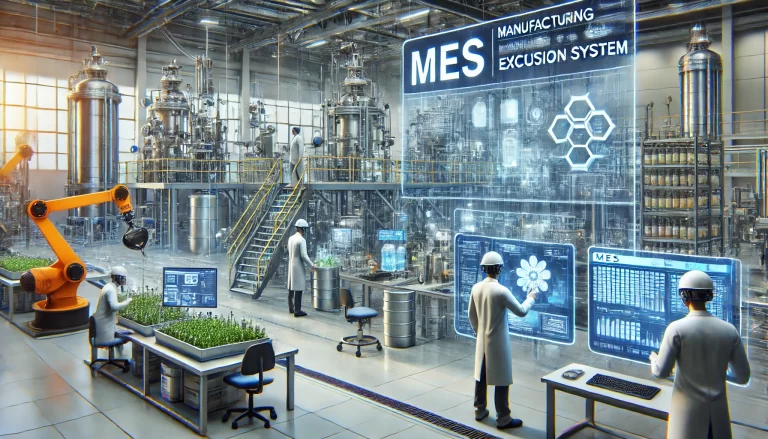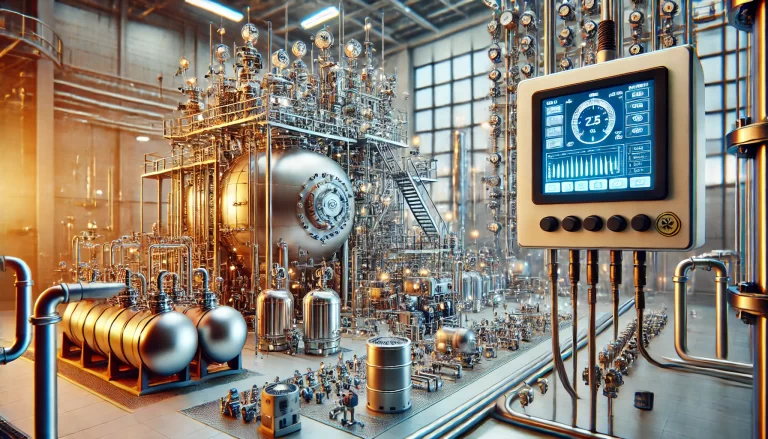Regular maintenance of chemical industry instruments is vital for ensuring accuracy, reliability, and safety. Effective maintenance prevents common instrument failures, enhances measurement precision, and extends equipment lifespan. This article outlines the essential tools categorized systematically, detailing their specific uses for effective maintenance operations.

1. General-Purpose Tools
Manual Tools:
Screwdrivers (Phillips and Flathead): Used for dismantling instrument housings and electrical terminals.
Wrenches (Adjustable, Box-end): Tightening or loosening instrument mounting bolts and pipeline fittings.
Pliers (Needle-nose, Diagonal-cutting): Cutting wires and adjusting small components.
Allen Keys: For instruments or equipment using hexagon socket screws.
Power Tools:
Electric Screwdriver/Drill: Enhances efficiency during assembly and disassembly. Note: In explosive atmospheres, explosion-proof models must be used.
Portable Cutting Machine: Suitable for pipe and bracket cutting in non-explosive environments.

2. Measurement and Calibration Tools
Electrical Testing Tools:
Multimeter: Measures voltage, current, and resistance, crucial for diagnosing circuit faults.
Signal Generator: Simulates input signals (such as 4-20mA) to test instrument responsiveness.
Megohmmeter (Insulation Resistance Tester): Evaluates insulation integrity of instrument wiring.
Instrument Calibration Tools:
Pressure Calibrator (e.g., Deadweight Tester): Calibrates pressure gauges and transmitters.
Temperature Calibrator (Thermocouple Calibrator): Checks accuracy of temperature sensors.
Flow Meter Calibration Device: Essential for calibrating various types of flow meters including vortex and electromagnetic meters.
3. Cleaning and Maintenance Tools
Cleaning Equipment:
Brushes/Soft Cloths: Removes dust, dirt, and oil residues from instrument surfaces and interiors.
Air Blower/Vacuum Cleaner: Clears debris from narrow internal spaces within instruments.
Industrial Alcohol or Special Cleaning Solutions: Cleans sensitive components like sensors and digital displays effectively.
Protective Materials:
Sealants/PTFE Tape: Repairs leakage issues at instrument connections.
Rust Preventatives: Protects metal components from corrosion, extending service life.

4. Specialized and Professional Tools
Explosion-proof Tools:
Explosion-proof Screwdrivers and Wrenches: Prevent spark generation, critical in flammable and explosive environments.
Special Instrumentation Tools:
Level Gauge Calibration Rod: Specifically designed for manual calibration of magnetic flap level gauges.
Valve Positioner Adjustment Tools: Used to precisely configure control valve positioners.
5. Safety and Protective Equipment
Personal Protective Gear:
Insulated Gloves and Safety Goggles: Essential protection against electrical shocks and chemical splashes.
Safety Helmet and Non-slip Footwear: Ensures the personal safety of maintenance personnel.
Protective Clothing and Respirators: Critical when dealing with hazardous chemical leaks or vapors.
Emergency Tools:
Portable Fire Extinguisher: Quickly addresses potential fire hazards during maintenance tasks.
Warning Signs and Barriers: Clearly marks maintenance areas, keeping unauthorized personnel safe.

6. Spare Parts and Consumables
Common Spare Components: Fuses, relays, sealing rings, and batteries, enabling quick replacement of defective parts.
Cables and Connectors: Spare signal cables and terminals to manage unexpected damages or aging wiring.
By equipping your maintenance teams with these tools, you can significantly enhance the operational reliability and longevity of chemical industry instrumentation.
